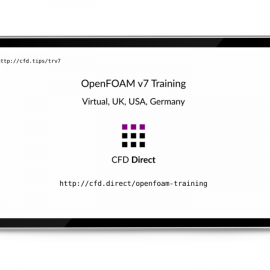In Autumn 2019, CFD Direct is running its OpenFOAM Training courses — Essential CFD, Applied CFD, Programming CFD and Cloud CFD — fully updated with the latest features of the new version 7 release of OpenFOAM. Essential and Applied CFD courses are available: 24-27 Sep, London UK; 15-18 Oct, Chicago USA; 30 Oct – 1 Nov and 5-7 Nov, Virtual Training; 12-15 Nov, Munich Germany. Programming CFD is available 11-13 Sep and 2-4 Oct as Virtual Training. We use new features in OpenFOAM v7 for more productive and effective CFD.
OpenFOAM v6 Training 2019

In Spring 2019, CFD Direct is running its OpenFOAM Training courses — Essential CFD, Applied CFD, Programming CFD and Cloud CFD — fully updated with the latest features of the new version 6 release of OpenFOAM. Essential and Applied CFD courses are available — with some remote places for remote attendance — on: 4-7 Feb, London UK; 25-28 Feb, Houston USA; 20-23 May, Cologne Germany; 13-16 Jun, Denver USA. Programming CFD is available 29-31 Jan and 12-14 Mar as Virtual Training.
OpenFOAM v6 Training
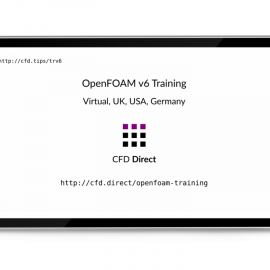
In Autumn 2018, CFD Direct is running its OpenFOAM Training courses — Essential CFD, Applied CFD, Programming CFD and Cloud CFD — fully updated with the latest features of the new version 6 release of OpenFOAM. Essential and Applied CFD courses are available: 24-27 Sep, London UK; 15-18 Oct, Chicago USA; 30 Oct – 1 Nov and 5-7 Nov, Virtual Training; 12-15 Nov, Munich Germany. Programming CFD is available 11-13 Sep and 2-4 Oct as Virtual Training. We use new features in OpenFOAM v6 for more productive and effective CFD.
Cloud CFD Course | OpenFOAM
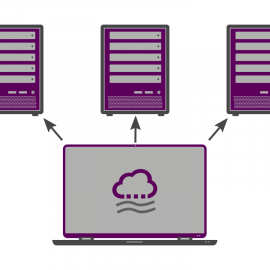
CFD Direct announces the release of their new 1 day Cloud CFD course, the fourth course in their portfolio of OpenFOAM Training. The course enables users to run CFD with OpenFOAM on AWS, training the tools and processes for inexpensive, secure, efficient cloud use. The course addresses the main concerns of using public cloud: cost management, security, efficient CFD and data management. It exploits the cost benefits of cloud: meeting fluctuating demand for hardware at a cost that represents consistent, high utilitisation; and using cheaper, spare capacity, with an application that does not require 100% availability.
Sustainable OpenFOAM Development
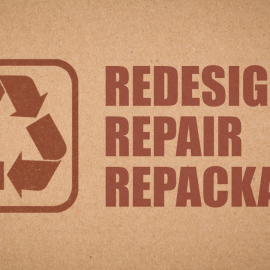
OpenFOAM is free, open source software for computational fluid dynamics (CFD). At the heart of OpenFOAM is a development kit (“SDK”), providing software and tools to build CFD applications, enabling users to customise their CFD, quickly and conveniently. CFD Direct includes OpenFOAM developers who maintain the SDK. We manage an environment for sustainable OpenFOAM development that involves: early public code release with rapid-turnaround user feedback; a network of developers, funding companies and users; and, co-ordinated code integration and maintenance.
OpenFOAM v5 Training
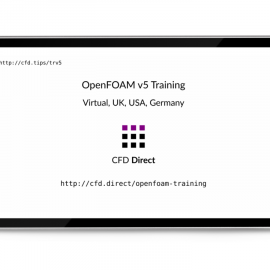
In Autumn 2017, CFD Direct are running their OpenFOAM Training courses — Essential CFD, Applied CFD and Programming CFD — fully updated with the latest features of the new version 5 release of OpenFOAM. Essential and Applied CFD courses are available: 25-28 Sep, London UK, and 16-19 Oct, Chicago USA with limited places via the Internet; 6-9 November, Munich Germany. Programming CFD is available 12-13 Sep and 3-4 Oct as Virtual Training. We use new features in OpenFOAM v5 to give our participants the confidence to carry out CFD analysis, repeatedly, to a defined standard in a timely manner.

